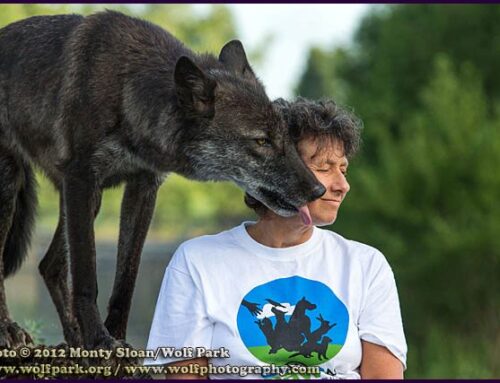In a class for reactive dogs a sheltie was described by participants watching the dog interact with its owner, as ‘demanding’. And there was no question that it was. If the owner was not interacting with the dog it jumped and pawed at her and its high pitched bark was enough to make us all cringe. This was the kind of dog that made you think that maybe the problems you had with your own dog weren’t so bad!
Even though the way to work with this dog might not change regardless of why it behaved the way it did, I noted the response I had to the dog when it was labeled ‘demanding’ as opposed to anxious, confused, uncomfortable, upset or bored. It’s not easy for me to like a ‘demanding’ dog, but I can sympathize with a dog that is anxious or bored. I suggest that dog owners try this experiment.
The next time you come up with a reason as to why your dog behaves the way it does, think of 2 or 3 other reasons for the behavior. Have one of those reasons be that your dog is anxious. Think your dog is jealous, angry, stubborn? How about insecure, scared or inexperienced instead?
You can take this exercise one step further and when working with a behavior that is challenging for your dog, consider training your dog to do the opposite. Do you want your dog to play at the dog park? Instead of trying to teach your dog to get along with other dogs, work on teaching your dog to ignore other dogs. Do you wish your dog could greet people calmly and happily? Rather than teaching your dog to approach people, work on teaching your dog to move away from people.
As John Rogerson, a trainer from the U.K., said at a seminar I attended, “People have all the theories, dogs have all the facts.” Be willing to re-think your theories.






